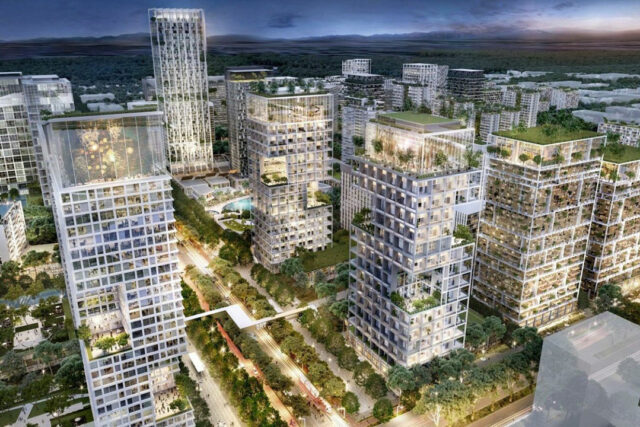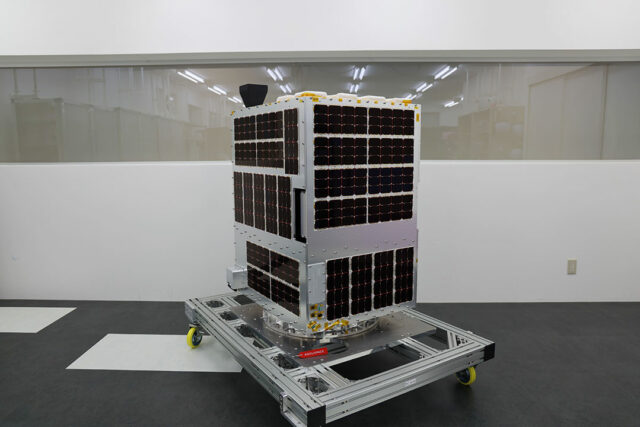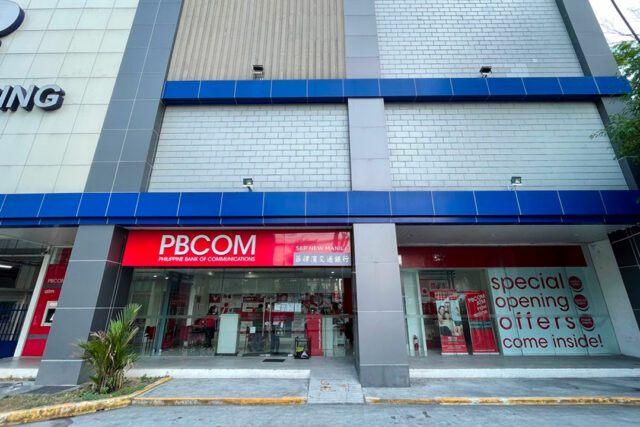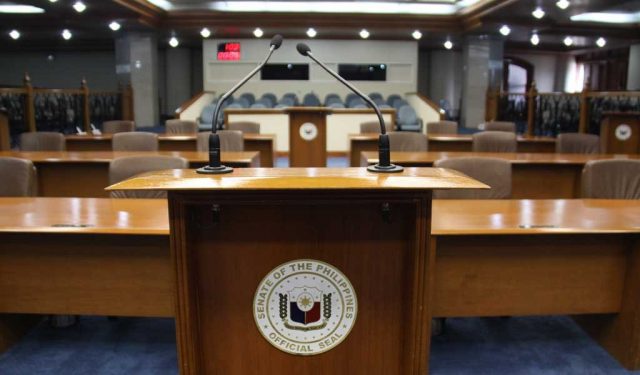A revamped procedural framework for authority to employ foreign technical personnel
On April 8, the Department of Justice (DoJ) issued Department Circular No. 009, which provides for the updated procedure in processing applications for an Authority to Employ Alien (AEA) in wholly or partially nationalized trades, businesses, industries, or undertakings. The Circular amends Ministry Order No. 210, issued by what was then called the Ministry of Justice on Dec. 1, 1980, which had governed such applications in the last four decades.
The basis for this legal framework is the 1987 Philippine Constitution, which restricts foreign equity and participation in identified industries, professions, and activities to protect national interest and preserve Filipino control over the economy. Republic Act No. 7042, or the Foreign Investments Act of 1991 (FIA), complements these restrictions by promoting foreign investment within allowable limits to support economic growth, competitiveness, and employment. Pursuant to the FIA, a Foreign Investments Negative List (FINL) is regularly issued to specify the industries and activities where foreign ownership or investment is limited or prohibited.
Enterprises covered by the FINL that intend to employ foreign technical personnel must secure an AEA from the DoJ as a precondition to their lawful employment following the Anti-Dummy Law. With the issuance of Department Circular No. 009, the DoJ introduced a revised and more streamlined process aligned with current labor and immigration policies, while continuing to uphold constitutional limitations on foreign equity and prioritizing Filipino interests in nationalized and partly nationalized industries.
The Circular introduced key changes in the AEA application process.
Among the new requirements is a formal request letter signed by the president or duly authorized representative of the covered entity, which must justify the need to employ the foreign technical personnel and outline specific details of the proposed employment such as the position and term of engagement. Further, the employer is now required to submit an understudy training program for Filipino understudies who are expected to acquire the technical skills for which the foreign national is desired. Supporting documents of the Filipino understudies, which include their valid government-issued identification cards and curriculum vitae showing their educational background and relevant work experience, must also be submitted. Previously, only a notarized undertaking by the employer to train at least two Filipino understudies was required for the AEA application.
These changes appear to be consistent with the new requirements of Department of Labor and Employment (DoLE) Department Order No. 248, series of 2025, which now requires employers which are granted fiscal incentives by the government, engaged in priority or strategic areas of investments or operating a public utility, to submit an understudy training program/skills development program in their foreign personnel’s Alien Employment Permit (AEP) application.
Another significant update in the Circular is the submission of apostilled documents in cases where the prospective foreign technical personnel has not yet arrived in the Philippines. This allows the employer to begin processing the AEA application prior to the foreign national’s arrival in the country. Notably, the Circular removed certain previously required documents, such as the foreign national’s AEP Card/Certificate of Exclusion or Exemption, or the relevant DoLE certification on the unavailability of Filipino workers for the intended position.
In conclusion, the new Circular is a timely administrative measure that streamlines the process for securing an AEA, while maintaining compliance with constitutionally mandated restrictions. Its effective implementation is essential to avoid causing undue burdens on employers and their foreign personnel, and to ensure that the updated process remains consistent with Philippine legal and policy standards on foreign participation.
This article is only for general informational and educational purposes and is not offered as and does not constitute legal advice or opinion.
Christianna Manami Y. Salud is an associate of the Immigration department of the Angara Abello Concepcion Regala & Cruz Law Offices (ACCRALAW).
(632) 8830-8000


















